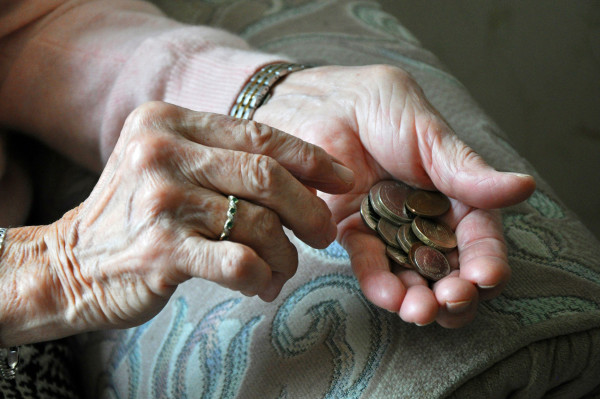

It is clear that people are living longer, and more and more are finding that they require some element of care, either in a nursing home or domiciliary care at home.
The difficulty is knowing how this should be funded. This month, it was revealed the government is considering proposals for a 'Care Isa' as a way for individuals to save for their care.
The proposal would see individuals pay into an Isa which could then be used to fund their care should it be required.
If there are assets left in the Isa when the individual dies, this could be transferred inheritance tax-free (IHT) to the deceased’s chosen beneficiaries.
This proposal is seemingly a way to encourage individuals to hold onto assets to ensure they have sufficient funds for their care needs when they otherwise might have given them away as part of their IHT planning.
However, it fails to reflect the fact the trend is that more people are worried their estate will be depleted by care costs than they are by inheritance tax.
These proposals are due to be published in Autumn in the government’s green paper on the reform of social care.
The government has had difficulty trying to find a solution to the current care funding crisis, which has seen the abandonment of the care cap (to be introduced through the Care Act 2014), which would have prevented individuals having to fund their own care once they had spent a certain amount.
There’s also been a U-turn on the ‘dementia tax’ which would have involved more people being charged for care received in their own homes.
There is some pressure to find an answer that does not require the government footing the bill - as there simply is not the budget - but also ensures that care is provided where it is required.
While there has been some criticism of the proposed Care Isa, on the basis that it only benefits the wealthy and does not create fairness across the board, it is at least an idea which may have some attractions. It is not true to say that only wealthy people have Isas and so, asking people to pay into an Isa which they can control and which gives a potential IHT saving on their death, may be palatable.
As ever, the devil is in the detail. It is not clear how much could be transferred into such a product (there has been mention of a limit) or whether access could be obtained for other purposes if it was needed.
In addition, if it can only be used for certain purposes, what care would be included and when would it be able to be used?
With the proposed care cap, it was only the actual care costs which were going to be used in the calculation. So-called ‘hotel’ costs, such as bed and board, were excluded. Will this be the same here?
While the IHT-free status on death is definitely an attraction, if this was to combat people giving all of their assets away early then the point is clearly being missed.
Given the introduction of the residence nil rate band, married couples will soon have a £1m allowance for IHT on death; IHT planning is, therefore, somewhat irrelevant when assets get below this level, and yet this is still a level at which an individual would have to pay for their own care.
Further clarity is welcomed in the upcoming green paper.
Kelly Greig is tax partner and head of later life planning at Irwin Mitchell Private Wealth



.png)